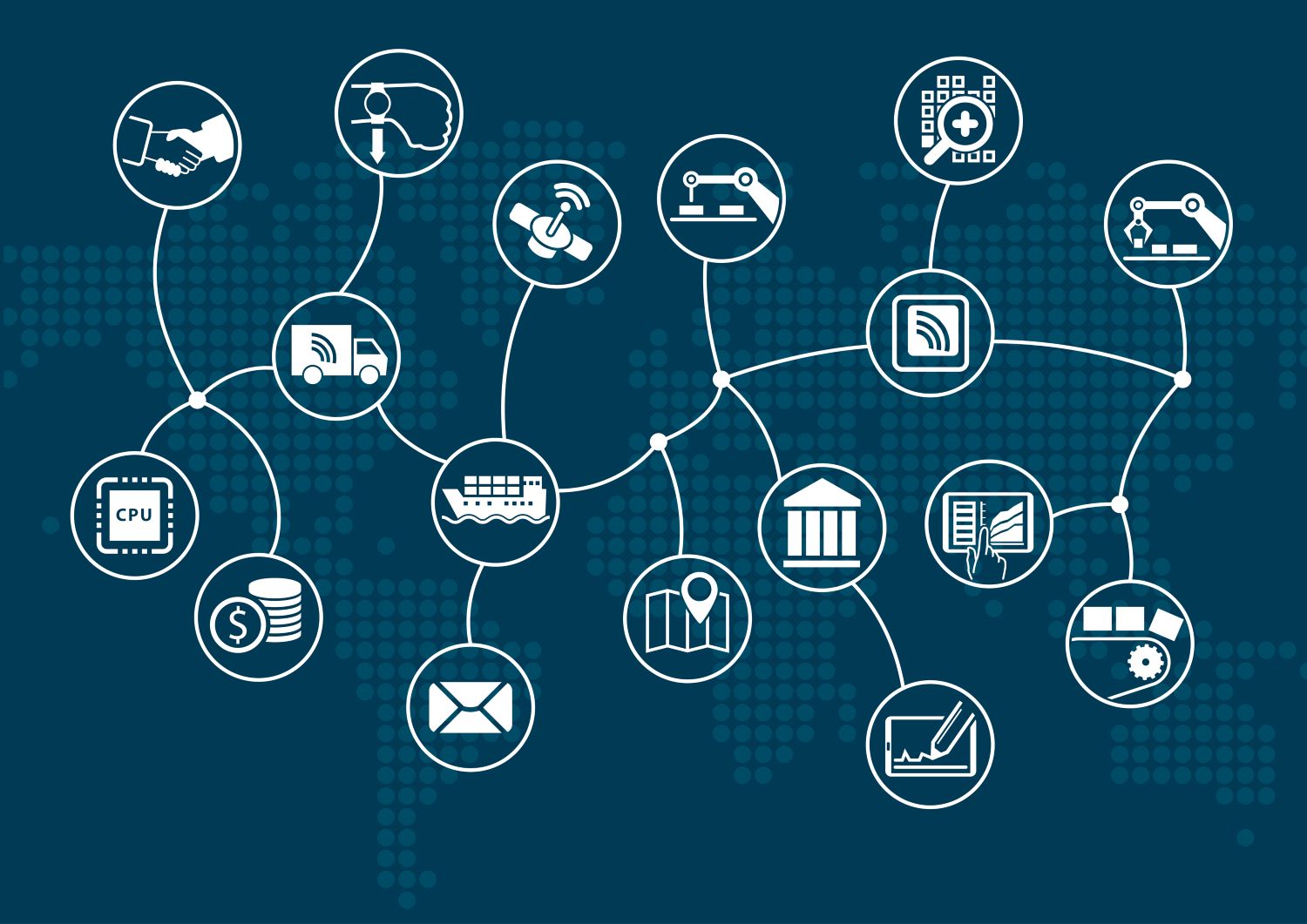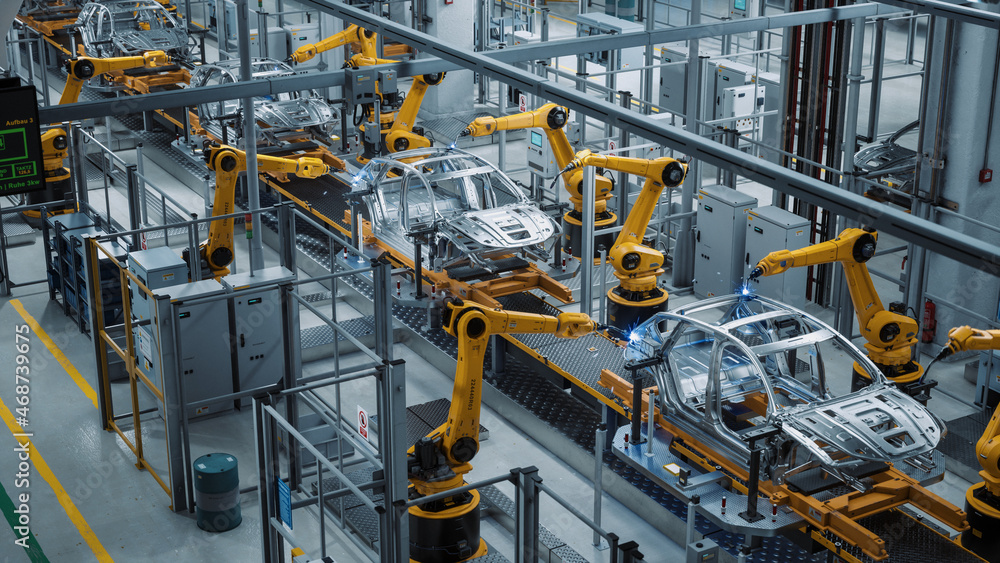Automotive Sequencing 101:
OEM Part Demand
Each automotive OEM has their own standards for providing part demand to their suppliers. However, there are similarities throughout the industry. These are primarily in how part demand is sent and the format, both of which significantly impact part sequencing and manufacturing.
Communicating Part Demand
Automotive OEMs generally send part demand in one of two ways; pulse broadcast or file demand.
To communicate what parts are needed on the assembly line, OEMs must send their requirements to suppliers. While there are numerous ways to communicate this demand, it can be separated into two primary categories: pulse broadcasts and file based.
A pulse broadcast is triggered when a vehicle reaches a certain point on an assembly line. It is a point to point internet connection and the pulse typically only contains information for that one vehicle. Since this specific broadcast is triggered by the vehicle on the assembly line, it is primarily used for parts sequencing with lead times that tend to be shorter.
The other primary way OEMs communicate part demand is through files. Unlike pulse broadcasts, file demand is very versatile. A file can be sent weeks ahead of production and be edited as needed by the OEM until the final call-off is sent. File demand types include EDI, EDIFACT, XML, and CSVs among others depending on each OEM’s standards. These files can be shared via network folders, TCP, FTP, or even by email. Hence, file demand is very dependent on how an OEM plans to physically communicate their part requirements and when a commodity is needed.
Part Demand Format
Automotive part demand is generally sent as a finished goods part number or in a component based release format.
Not only are there multiple ways to communicate part demand, but it comes in multiple formats. Once again, while each OEM has their own standards for part demand, it can be classified into two general categories; finished goods part number or component based release.
Finished goods part number is based around the OEM sending suppliers a final assembly number for part demand. The supplier must have the BOM already available in their system in order to utilizing a finished goods part number.
Component based release (CBR) is centered on OEMs sending a bill of materials (BOM) to the supplier. This format can also be referred to as modular build. In this case, the supplier must be able to determine the correct part or assembly number from the BOM. On rare occasions the OEM may use sales codes in lieu of components. This demand is called Feature Based Release (FBR).
Part Demand Examples
- BMW: File based that can be CBR or finished goods part number
- Ford ILVS EDI 866: File Based EDI that can be finished goods part number, CBR, or FBR
- Ford 8502 Broadcast: Pulse Broadcast that is generally finished goods part number
- Chrysler PFCS: Pulse Broadcast utilizing a finished goods part number
- Chrylser Modular Build: Broadcast that is file based utilizing a modular build format
- GM GE PICS: Pulse Broadcast utilizing finished goods part number
- Toyota GALC: Pulse Broadcast utilizing finished goods part number
As shown above, there are similarities between OEM part demand throughout the automotive industry. However, it is important to recognize that each OEM is unique and will have their own requirements regarding how they handle part demand.
Insequence Corporation
Insequence is a leading provider of sequencing and manufacturing software solutions. Easily tailored to individual facilities, their software’s modular design can fulfill requirements no matter the size or complexity of the system. This results in a standard sequencing system, SPD Pro that is more complete and capable than any other solution. In addition to just-in-sequence (JIS), Insequence provides MES, Inventory Management, and SCADA solutions.
With experience throughout the Americans and Europe, plus over 25 standard automotive OEM interfaces and 24 x 7 x 365 customer support, Insequence is at the forefront of supply chain software solution providers. As a result, they still work with their original customer from 1996.
GO WITH THE PRO.
GO WITH INSEQUENCE.
The Company That Pioneered End-to-End Manufacturing.









